First celebrated on April 22nd in 1970, Earth Days is now a worldwide phenomenon, with various events held in more than 193 countries to demonstrate support for environmental protection. The theme for this year’s Earth Day is “Protect Our Species”.
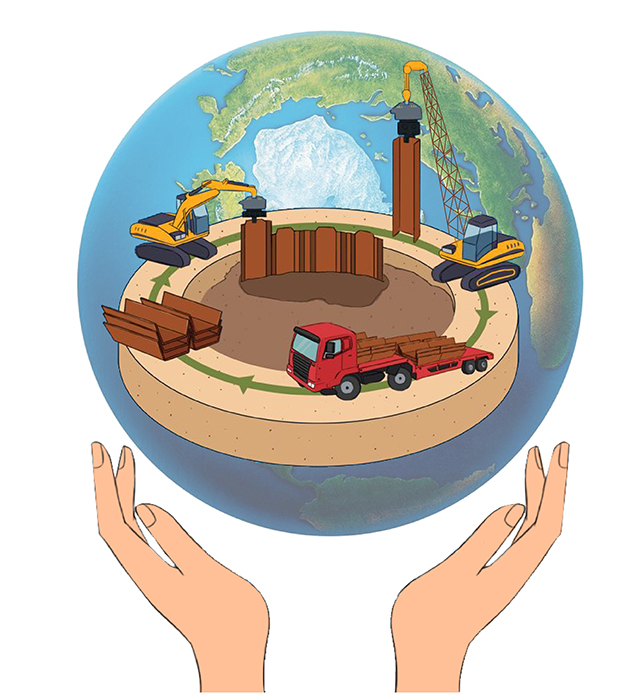
Nature’s gifts to our planet are the millions of species that we know and love, and many more that remain to be discovered. Unfortunately, human beings have upset the balance of nature and, as a result, the world is facing the greatest rate of extinction since we lost the dinosaurs more than 60 million years ago. The reduction of plant and wildlife populations are linked to causes driven by human activity: climate change, deforestation, habitat loss, trafficking and poaching, unsustainable agriculture, pollution and pesticides to name a few. The good news is that the rate of extinctions can still be slowed, and many of our declining, threatened and endangered species can still recover if we work together now to build a united global movement of consumers, companies and governments.
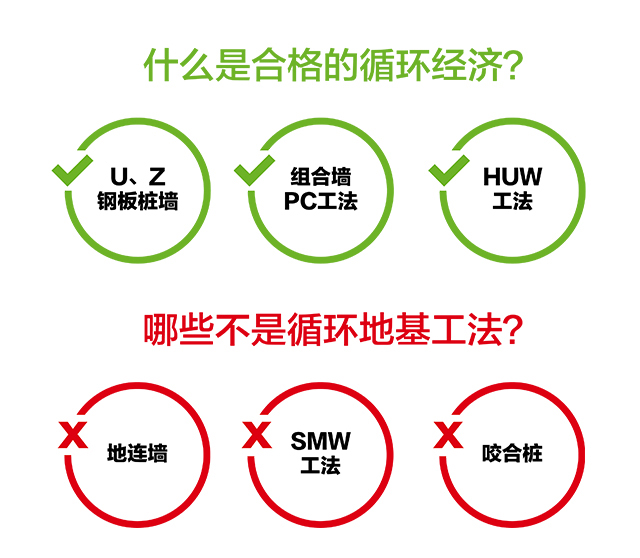
Today’s goals are to:
Educate and raise awareness
Achieve major policy victories
Encourage individual to take actions
That's why our WeChat Foundation Technology Network is marking Earth Day with an article, raising awareness for the environmental impact of the foundation sector.
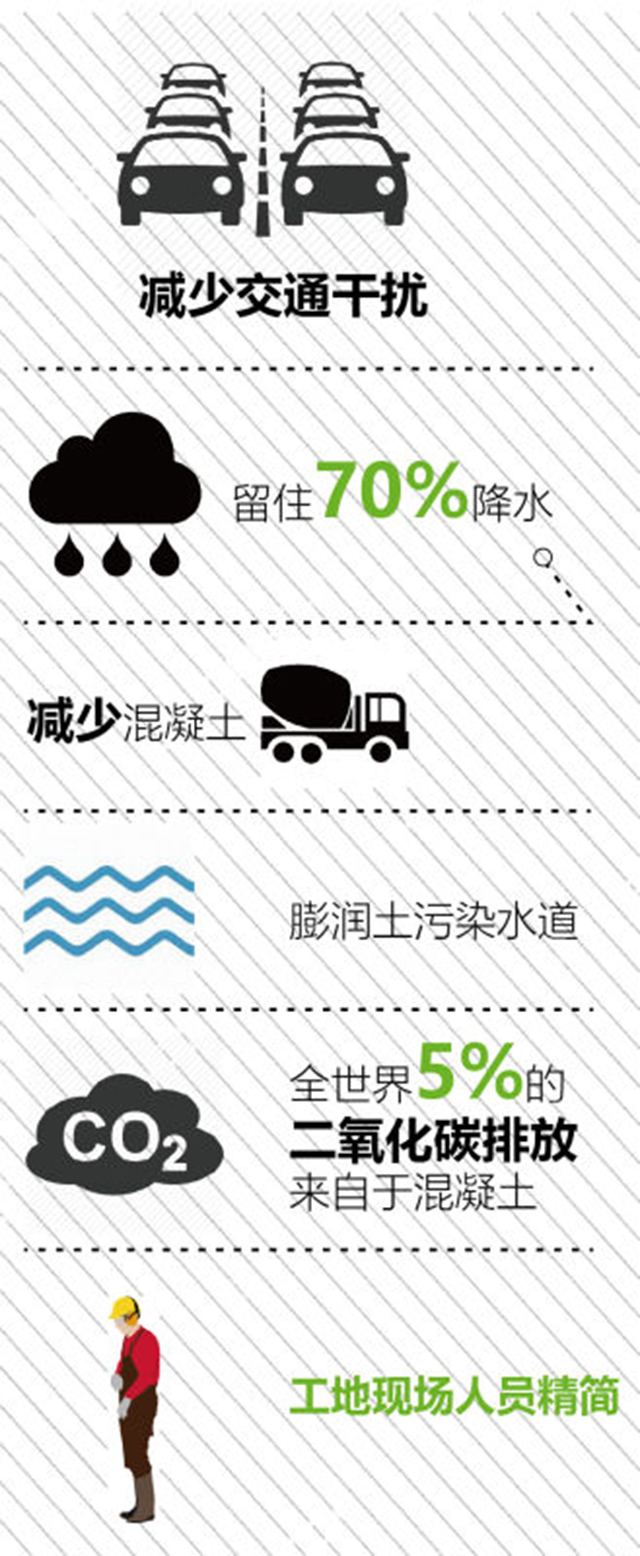
What can we as an industry, both developers as well as contractors do support environmental protection? Let’s look at the construction industries major environmental impact factors:
Construction projects have a significant impact on our environment, both on a local and a global scale. Every stage of the construction process has a measurable environmental impact: the mining processes used to source materials, the transportation of these materials to the building site, the construction process itself where CO2 emission arise from piling and excavating machinery, and the waste removal and disposal process that follows the completion of the project.
The global cement industry contributes approximately 5% of global carbon dioxide emissions.
Aside from contributing to climate change on a global scale, individual construction projects can have a significant impact on local environments and nature. There are numerous sources of water pollution on building sites, including diesel and other fossil fuels, toxic chemicals, but also the incorrect disposal of drilling muds such as bentonite. Even minor chemical spills leech into the ground and may enter waterways where they toxify water and harm aquatic life.
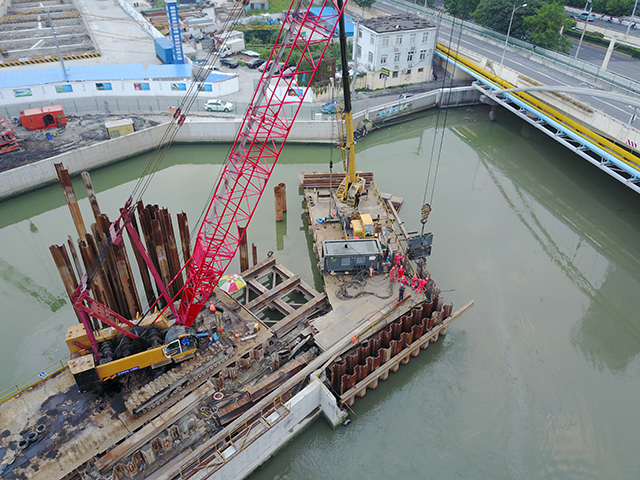
So how are concerned developers and construction companies working on reducing this impact?
Some city planners and developers have already started to reduce construction impact on the environment and make cities more livable. They want to reduce bentonite and concrete use, reduce construction time and lower costs and have adopted the concept of circular economy in foundation engineering.
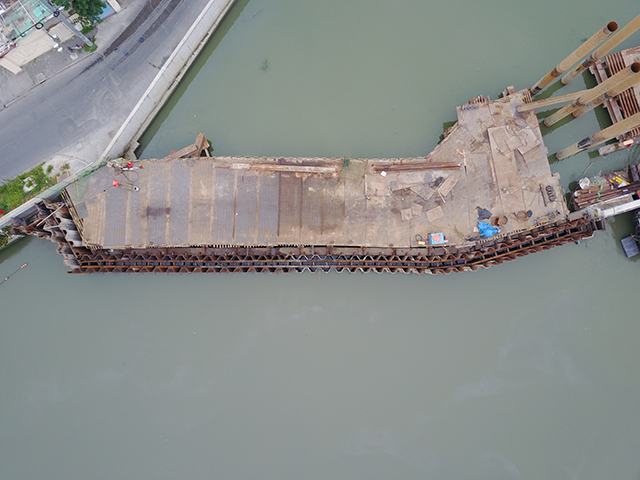
What qualifies as a circular economy:
U, Z Sheet pile walls
Combi wall PC
HUW
What is not a circular foundation method:
Diaphragm wall
Soil Mix Wall SMW
Secant pile wall
Circular economy. A circular economy is a regenerative system in which resource input and waste, emission, and energy leakage are minimized by slowing, closing, and narrowing energy and material loops. This can be achieved through long-lasting design, maintenance, repair, reuse, remanufacturing, refurbishing, and closed recycling loops.
The circular economy has a strong tie to the way we build our retaining walls and foundations. When we use steel for retaining walls, we reduce resource input and minimize emissions. Steel sheet piles of all types can be used and reused. When they reach the end of life they can be recycled and made into new steel. Even when used in permanent steel foundations (replacing bored pile foundations) for elevated highway constructions, we do make it possible to reuse the steel 50 or 100 years into the future when a structure’s design life is over.
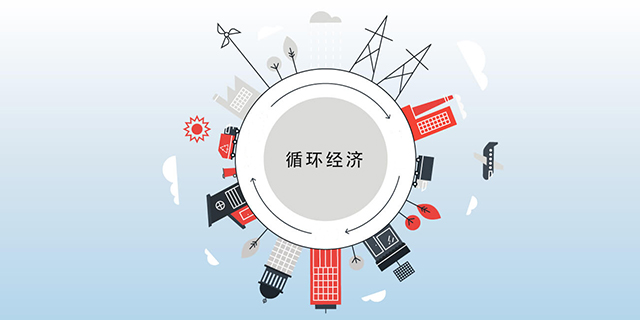
One good example of the circular properties of sheet pile walls was in Shanghai’s Suzhou river. The same 23m long No.6 sheet piles were used for both sides of the project.

This closed loop of resources makes good economic and environmental sense, no wonder it has been adopted by industry across the world. Follow our WeChat to keep up with the latest developments in retaining walls technology!
